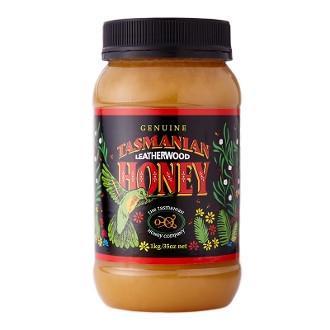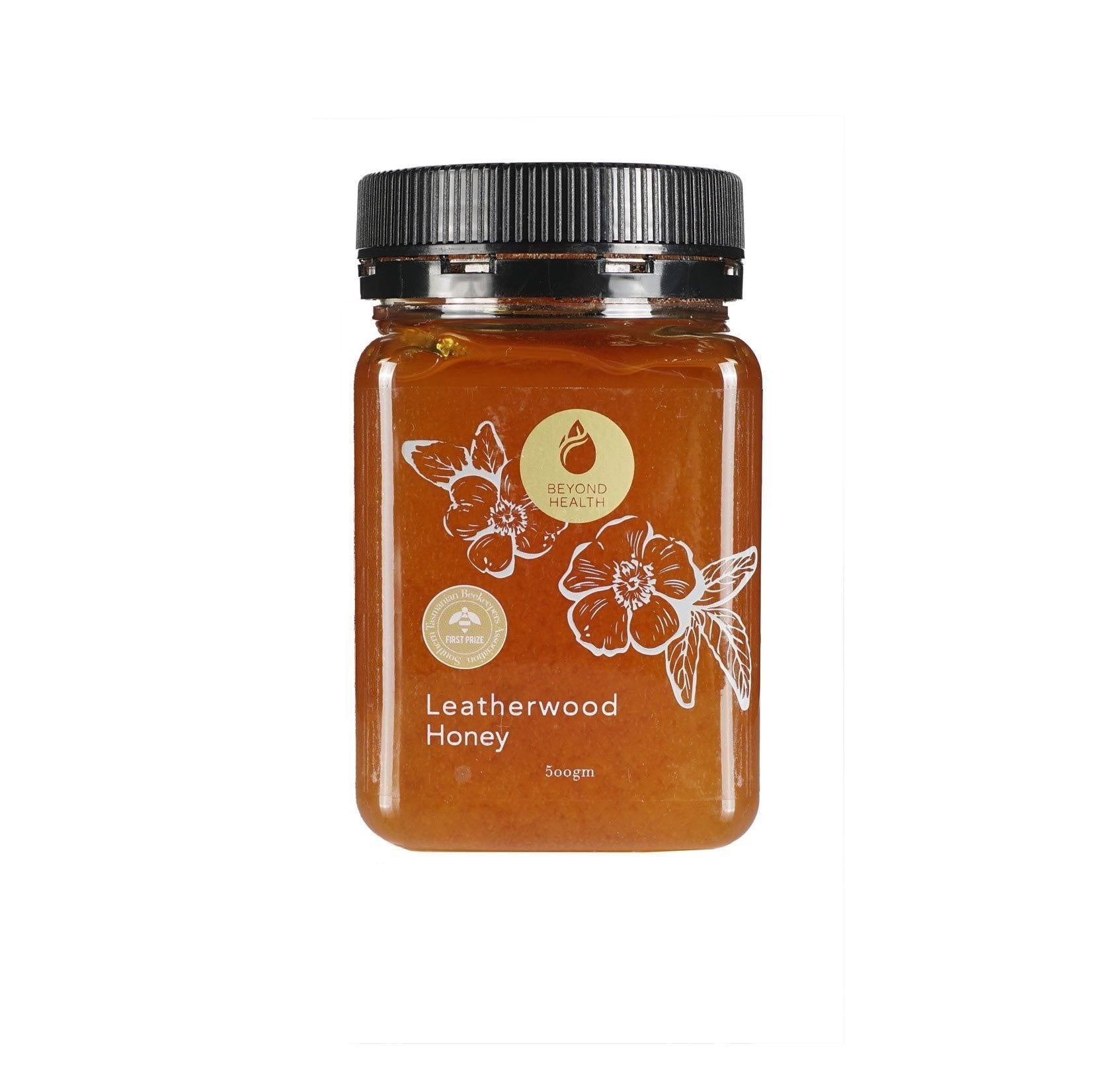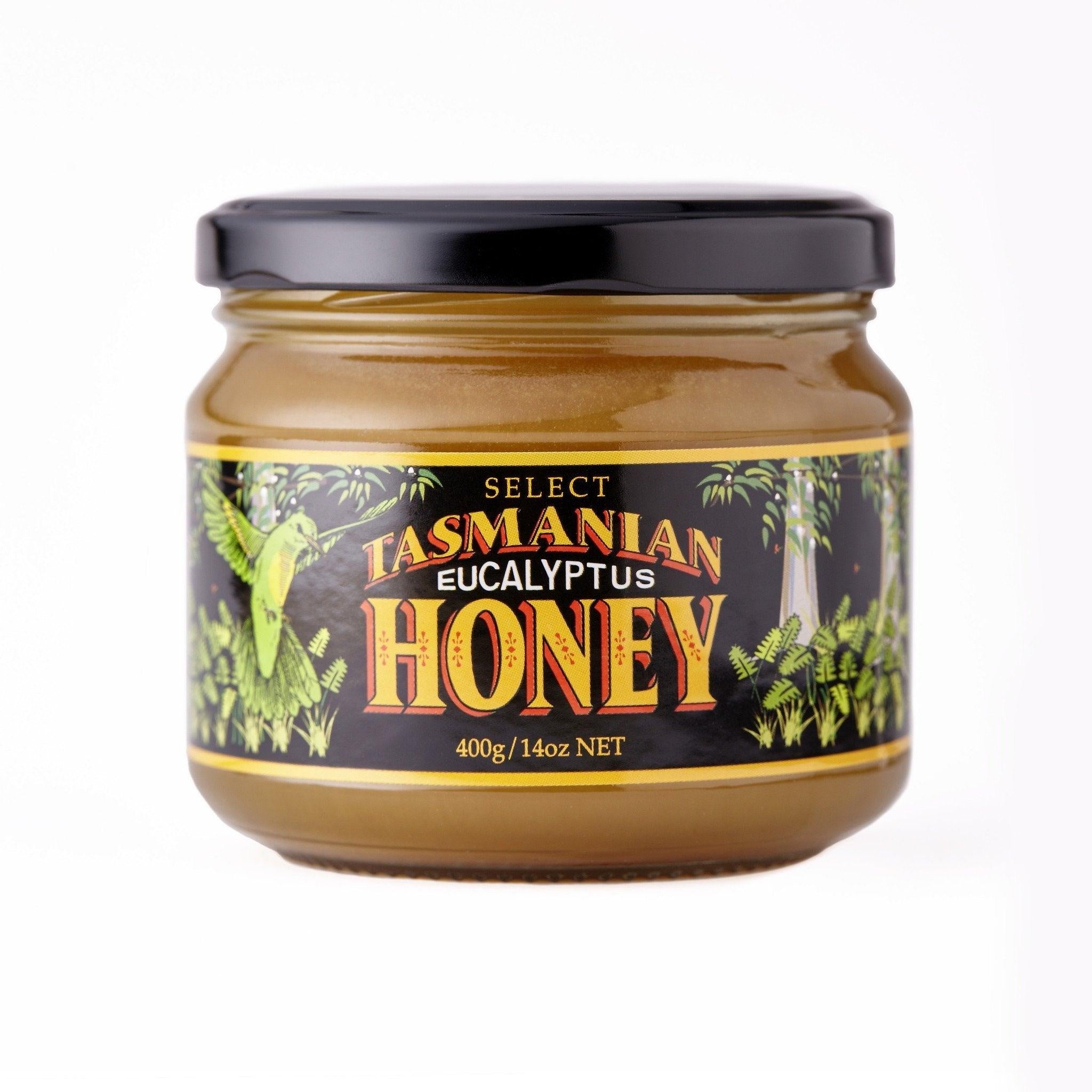Your shopping bag is empty
Why Does Honey Crystallize
- Posted by: Enquiry Admin
- Comments: 0
- Categories: YES Blog
- Tags:
Honey is a natural sweetener. Also, bees produce it from flower nectar. It is a complex mixture of sugars, enzymes, and trace elements. Hence, it has an unique taste, color, and texture. However, one of the challenges of working with honey is that it tends to crystallize over time. This can be a concern for beekeepers and consumers alike. In this article, we will explore the reasons behind honey crystallization and what can be done to prevent or reverse it.
What is Honey Crystallization?
Honey crystallization, also known as granulation, is a natural process that occurs when the sugars in honey begin to solidify and form crystals. This process occurs due to the high concentration of sugars in honey. In fact, the high concentration causes the water molecules to separate from the sugar molecules and form a solid mass.
The rate at which honey crystallizes depends on a variety of factors. This includes the type of honey, temperature, and moisture content. Moreover, some types of honey are more prone to crystallization than others, such as those with high glucose content, like clover honey.
Why Does Honey Crystallize?
There are several factors that contribute to honey crystallization, including:
- Glucose Content: Honey with high glucose content is more prone to crystallization because glucose has a lower solubility in water than fructose. This means it is more likely to form crystals.
- Temperature: Temperature also plays a role in honey crystallization. Honey from low storage temperatures below 50°F (10°C) will crystallize more quickly than honey in storage under higher temperatures.
- Moisture Content: Honey with a high moisture content is more likely to crystallize because the extra water can cause the sugar molecules to separate and form crystals.
- Seed Crystals: Honey can also crystallize more quickly if it contains seed crystals. These are tiny particles that can trigger the crystallization process.
Is Crystallized Honey Still Good?
Many people tend to worry when they see their honey becoming crystals. However, there is no need to worry. Crystallized honey is still perfectly safe to eat and retains all of its nutritional and health benefits. In fact, some people prefer crystallized honey because it has a thicker, creamier texture that makes it easier to spread.
How to Prevent Honey Crystallization
While honey crystallization is a natural process that one cannot completely avoid, there are a few steps to slow down the process and keep honey from crystallizing too quickly. Here are some tips:
- Store Honey Properly: Store honey in a dry place at room temperature, away from direct sunlight. Do not store honey in the refrigerator, as this can cause it to crystallize more quickly.
- Use airtight Containers: Store honey in airtight containers to prevent moisture from getting in and causing the sugar molecules to separate.
- Stir Honey: Regularly stirring honey can help to slow down the crystallization process by breaking up any seed crystals that may be present.
- Warm Honey: Heating honey to a temperature of 104°F (40°C) can help to dissolve any crystals that have formed and prevent further crystallization. However, be careful not to overheat the honey, as this can cause it to lose some of its nutritional value.
How to Reverse
If your honey has become crystals, there are several ways to reverse the process and restore it to its liquid form. Here are some methods:
- Warm Water Bath: Place the jar of crystallized honey in a bowl of warm water and let it sit for 10-15 minutes. Gently stir the honey until the crystals dissolve.
- Microwave: Microwave the jar of honey on low power for 30-second intervals, stirring in between, until the honey melts. Be careful not to overheat the honey, as this can cause it to lose some of its nutritional value.
- Oven: Preheat your oven to 140°F (60°C). Place the jar of crystallized honey in the oven and leave it for several hours until the crystals dissolve. Be careful not to overheat the honey, as this can cause it to lose some of its nutritional value.
- Immersion Blender: Use an immersion blender or hand mixer to blend the crystallized honey until it becomes smooth and creamy.
Conclusion
Honey crystallization is a natural process that occurs when the sugars in honey begin to solidify and form crystals. It is due to several factors, including the glucose content, temperature, moisture content, and seed crystals. While honey crystallization cannot be completely prevented, it can be slowed down by proper storage and regular stirring. Crystallized honey is still safe to eat and retains all of its nutritional and health benefits. If your honey does crystallize, you can easily restore it to its liquid form by using warm water, a microwave, an oven, or an immersion blender.
In summary, honey crystallization is a natural process that can be managed by taking proper storage and handling measures. It is a sign that the honey is of high quality and has not been processed or adulterated. So the next time you see your honey has crystallized, don't throw it away - embrace its creamy texture and enjoy all of its sweet and nutritious goodness!







LEAVE A REPLY
Your email address will not be published. Required fields are marked *